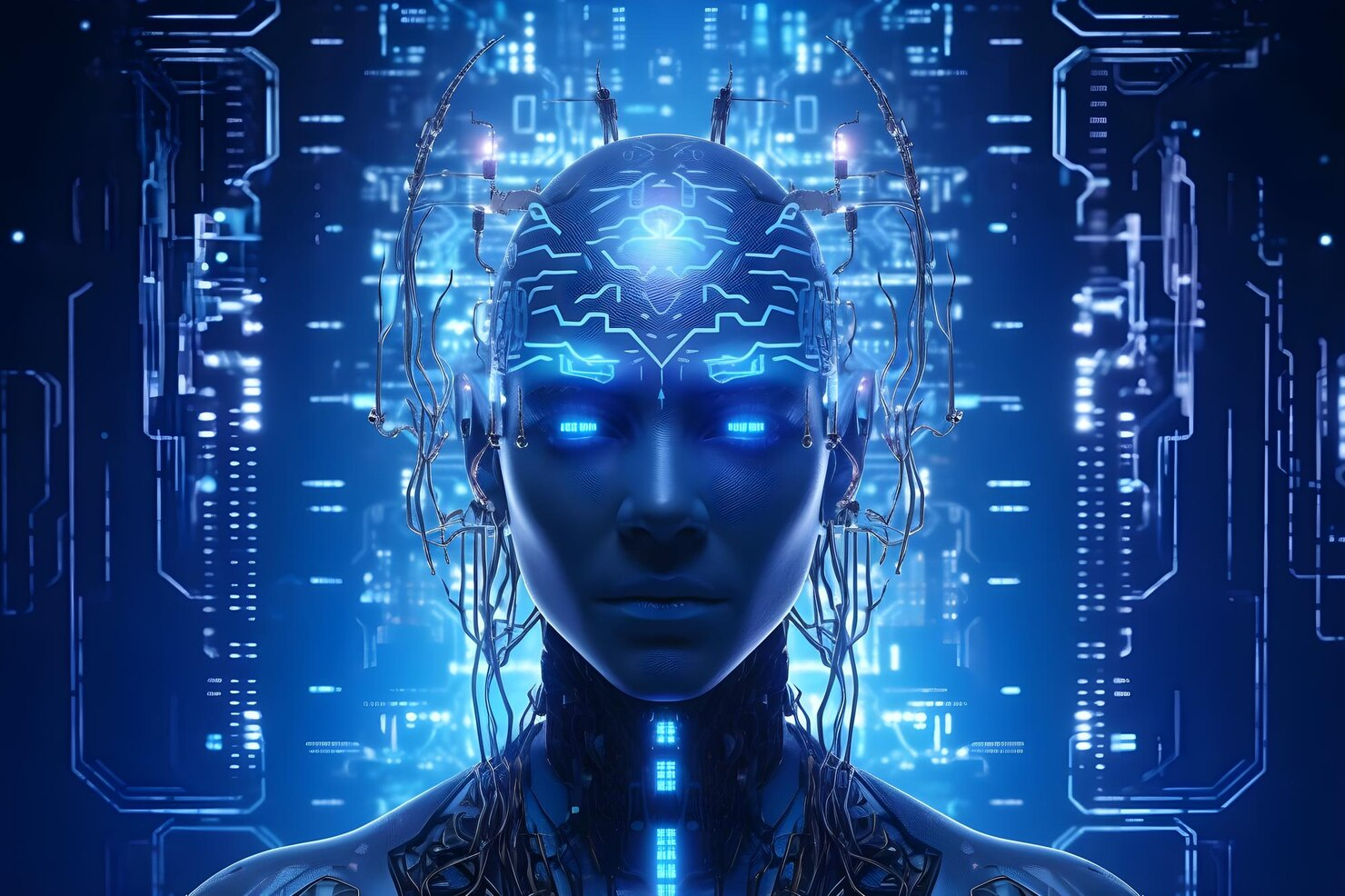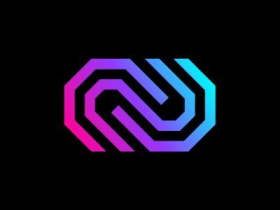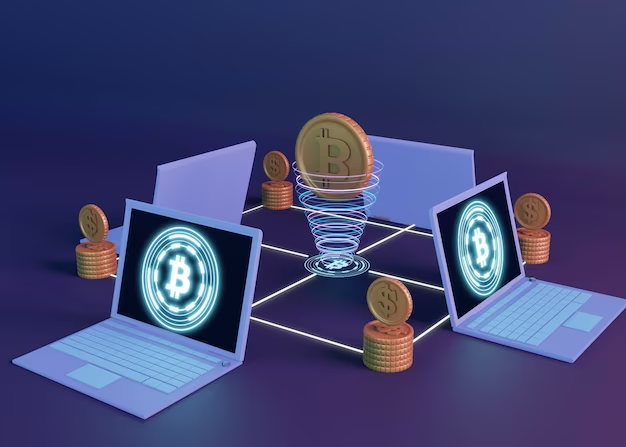OpenAI, a research group focused on artificial intelligence (AI), is pushing the boundaries of innovation in AI with Sora, a state-of-the-art AI tool that converts straightforward written cues into crisp, high-definition visuals. In order to solve the inherent challenge of converting ideas and concepts into visually engaging information, Sora was created.
By enabling people to create videos straight from natural language descriptions without requiring a high level of technical knowledge, it seeks to close the gap in current solutions. Furthermore, Sora’s ability to synthesize videos is a prime example of the advancements achieved in generative AI, showing how complex algorithms may be used to produce unique content formats.
How Sora Functions
A deep learning framework is what powers Sora’s ability to create videos. Like GPT-3 and other large language models (LLMs), Sora trains on a vast data set consisting of millions of text-video pairs. The algorithm is able to identify patterns and links between visual features and descriptive language because of the careful alignment of text descriptions with the accompanying films. The model gains the ability to link words and phrases to particular things, behaviors, settings, and even subtle stylistic elements.
Diffusion modeling is a potent generative technique that forms the basis of Sora’s technical architecture. Start with a canvas that is completely covered in erratic visual noise, much like static on a TV, to demonstrate how it works. With the help of a given text description, Sora progressively turns that cacophony into an organized image, which then turns into a series of images that make up a film. This iterative refining eliminates extraneous information, adds context, and arranges components in accordance with the provided prompt.
The calibre and size of the training data set have a direct bearing on Sora’s extraordinary skills. Continuous exposure to an extensive range of text-video combinations covering various situations, styles, and thematic content gives Sora the fundamental information required for its potent generating powers.
Key Characteristics and Skills of Sora
The fundamental characteristics and capabilities of Sora go far beyond its ability to convert text into static graphics, and this contributes to its potential influence on the content creation industry.
Realistic Action in Motion
One of Sora’s most distinctive features is its ability to create videos that have an incredibly realistic feel to them. This includes accurately representing locations and objects, as well as how they move and interact with one another in a scenario. Principles like natural-looking materials, realistic lighting, and fluid movement dynamics are all incorporated into Sora’s training. These components help to capture the subtleties that give a generated video life and go beyond just images.
Adjusting to a Variety of Cues
Sora demonstrates remarkable adaptability. The program tries to produce a movie that captures the meaning conveyed in text prompts, whether they describe straightforward scenes, intricate movements, or even abstract ideas. This flexibility is a result of the large and diverse data set that was utilized throughout the training process, which exposed Sora to both realistic and abstract content kinds.
Personalization for User Management
There is some control over the video creation process with Sora. The final product can be refined by choosing customization choices like aspect ratio, general style, and video duration. With the help of this function, users can steer the AI’s output in the right direction by striking a balance between the strength of automation and creative expression.
How to Access Sora
Sora can create beautiful, minute-long scenes that follow complex directions with just a few lines of text. OpenAI is using a measured approach to ensure responsible development and address possible concerns. Red team members are presently putting Sora through its paces to find places where the model might be harmful. In order to determine how Sora might most effectively assist the creative process, input from filmmakers, designers, and artists is being gathered concurrently.
Red teams are groups of security experts that are recruited to simulate actual attackers’ strategies and ethically breach an organization’s defenses. They try to find holes in a company’s security posture and evaluate how well-prepared it is for cyberattacks.
Although fascinating, Sora’s abilities highlight how important open communication is. OpenAI is continuously working with lawmakers, educators, and artists worldwide to understand potential concerns and look at advantageous use cases. Even though the precise launch date for a wider distribution is still unknown, OpenAI’s careful Sora introduction shows their commitment to developing the system with safety and ethics as their main priority.
Benefits and Hazards of Sora
The rise of Sora has important ramifications for both society at general and the future of content creation. It might completely change how easily accessible video making is. It might become unnecessary to invest in expensive video production equipment, specialist software, or in-depth technical knowledge if it were possible to create captivating videos just from written descriptions. This has the potential to enable a wider spectrum of people and institutions to engage in the production of video content.
Sora is a potent new tool in the creative toolbox for all types of artists, filmmakers, marketers, and content providers. AI-powered video production has the potential to inspire completely new visual communication genres, storytelling formats, and creative forms of expression that investigate the ways in which AI may work with humans.
It is imperative to consider potential hazards and ethical concerns related to technology such as Sora in addition to their potential benefits. One major worry is the potential to unintentionally (misinformation) or intentionally (disinformation) produce inappropriate content.
Furthermore, there are significant ethical concerns around the possibility of using misleading content, like deepfakes, to alter reality. Thus, creating AI tools such as Sora requires proactive dialogues regarding appropriate usage, preventative measures against abuse, and moral guidelines for their implementation.
Sora’s Contribution to AI-driven Video Production
The creation of Sora is a reflection of OpenAI’s larger goals in the field of artificial intelligence research, rather than existing in a vacuum. The creation of multimodal AI systems—models that exhibit competence in comprehending and producing many forms of data—is one of OpenAI’s main research focus areas.
This objective is easily met by text-to-video production programs such as Sora, which blur the lines previously drawn between linguistic and visual data. The success of Sora will allude to potential future scenarios in which AI models might produce and convert content between modalities with ease, possibly encompassing audio, 3D models, and other media.
Sora most likely won’t be used as a stand-alone tool. Other initiatives from OpenAI, like text-to-image generation’s DALL-E and robust speech recognition’s Whisper, point to a time when different specialized AI systems would collaborate. It is possible to imagine situations in which Sora creates the narrative’s visual elements while other AI tools write the voiceovers, sound effects, and writing.
The Future of Producing Content
The content landscape will shift as a result of AI tools like Sora, forcing audiences and producers to adjust and redefining the importance of human-produced material. AI tools such as Sora can be used by content creators to quickly prototype ideas, generate visual concepts, and experiment with variants that would take a lot of time to do by hand. This shows AI as an ally who increases possibilities rather than supplants human creativity.
The emergence of AI-powered content creation is probably going to change what the creative industries consider valuable abilities. The focus may move to being proficient at prompting, optimizing AI outputs, and combining AI-generated content with human-generated content. Furthermore, completely new specialties centered on the creation, modification, and moral use of AI content tools may surface.
With the increasing prevalence of AI-generated graphics, audiences’ consumption habits may shift. Audiences may find it increasingly important to be able to distinguish AI-assisted material. Demand for information that clearly emphasizes a human-made component may exist concurrently. On the other hand, consumers’ expectations may shift and a wider variety of content formats may result from the availability of AI techniques.








Leave a Reply